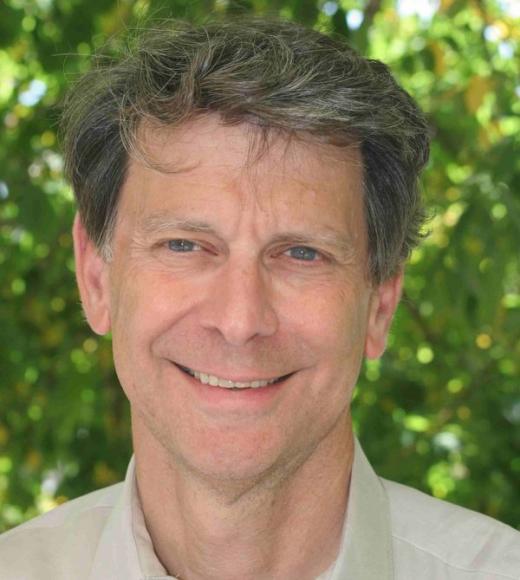
Position Title
Distinguished Professor
Position Title
Distinguished Professor
4467 Chemistry Annex
Bio
Professor McCurdy's group develops and applies ab initio computational methods to the interaction of femtosecond and attosecond pulses of UV and X-ray radiation with atoms and molecules. This type of experiment can probe molecular and electronic dynamics on their intrinsic time scales but require accurate first-principles theory to guide and interpret them. Pulses from lasers at these wavelengths can both excite and ionize molecules, and the theoretical methods developed in this group treat the ionization continuum simultaneously with other kinds of excitation.
Education, Awards and Professional Highlights
- Adjunct Professor of Chemistry, UC Berkeley (1996)
- Associate Laboratory Director for Computing Sciences and Senior Scientist, Lawrence Berkeley National Laboratory (1995-2003)
- Fellow of the American Physical Society (1993)
- Appointed to UC Davis faculty (1991)
- Director, National Energy Research Supercomputer Center, Lawrence Livermore National Laboratory (1991-1995)
- Ohio State University Distinguished Scholar Award (1984)
- Camille and Henry Dreyfus Teacher-Scholar Award (1983-1988)
- Alfred P. Sloan Research Fellow (1981-1983)
- Professor of Chemistry, Ohio State University (1978-1991)
- NSF Postdoctoral Fellow, UC Berkeley (1976-1978)
- Ph.D. California Institute of Technology (1976)
- B.S. Tulane University (1971)
Representative Publications
- “Electron-helium scattering in the S-wave model using exterior complex scaling,” D. A. Horner, C. W. McCurdy and T. N. Rescigno, Phys. Rev. A 71, 012701 (2005).
- “Electron-impact excitation-autoionization of helium in the S-wave limit”, D. A. Horner, C. W. McCurdy and T. N. Rescigno, Phys. Rev. A 71, 010701 (2005).
- “Topology of the adiabatic potential energy surfaces for the resonance states of the water anion,” D. J. Haxton, T. N. Rescigno, and C. W. McCurdy Phys. Rev. A 72, 022705 (2005).
- “Nonlocal model of dissociative electron attachment and vibrational excitation of NO,” C. S. Trevisan, K. Houfek, Z. Zhang, A. E. Orel, C. W. McCurdy, and T. N. RescignoPhys. Rev. A 71, 052714 (2005).
- “Threshold vibrational excitation of CO2 by slow electrons”, W. Vanroose, Z. Zhang, C. W. McCurdy, and T. N. Rescigno, Phys. Rev. Lett. 92, 053201 (2004).
- “Implementation of exterior complex scaling in B-splines to solve atomic and molecular collision problems”, C. W. McCurdy and F. Martín, J. Phys B: At. Mol. Phys. 37, 917-936 (2004).
- “Theoretical treatment of double photoionization of helium using a B-spline implementation of exterior complex scaling”, C. W. McCurdy, D. A. Horner, T. N. Rescigno, and F. Martín, Phys. Rev. A. 69 032707 (2004).
- “Complex Potential Surface for the 2B1 metastable state of the water anion,” Daniel J. Haxton, Zhiyong Zhang, C. William McCurdy and Thomas N. Rescigno, Phys. Rev. A, 69 062713 (2004).
- “Dynamics of dissociative attachment of electrons to water through the 2B1 metastable state of the anion,” Daniel J. Haxton, Zhiyong Zhang, Hans-Dieter Meyer, Thomas N. Rescigno and C. William McCurdy, Phys Rev. A, 69 062714 (2004).
- “Solving the three-body Coulomb breakup problem using exterior complex scaling,” C. W. McCurdy, M. Baertschy and T. N. Rescigno, J. Phys. B: At. Mol. Opt. Phys, 37 R137 (2004).
